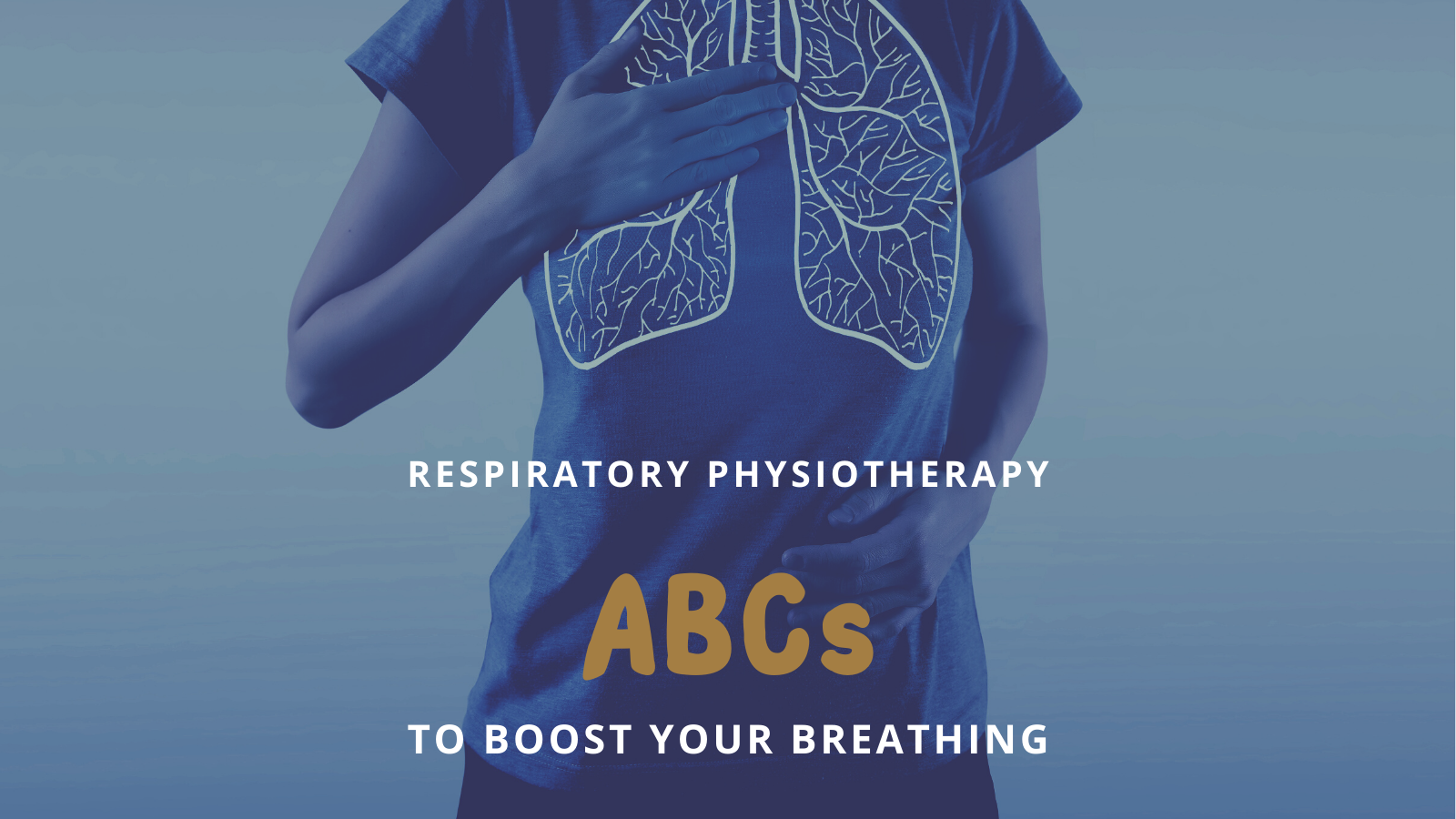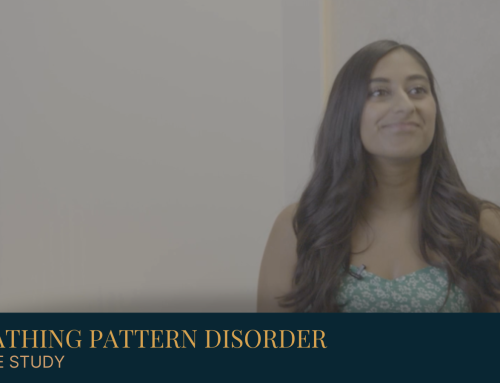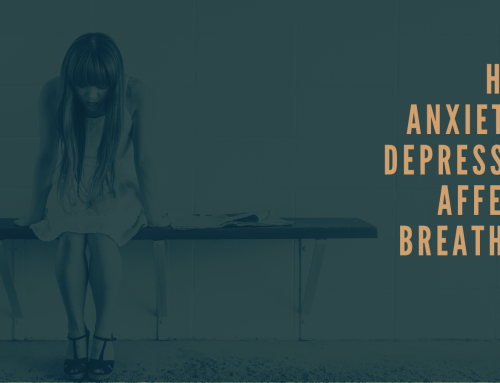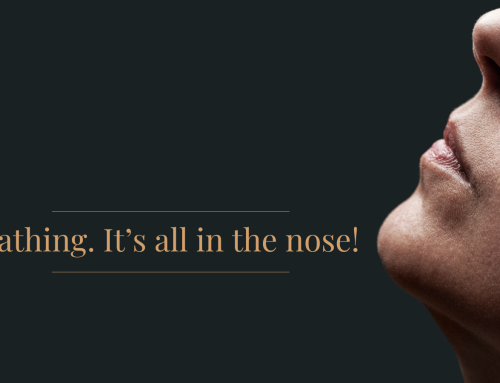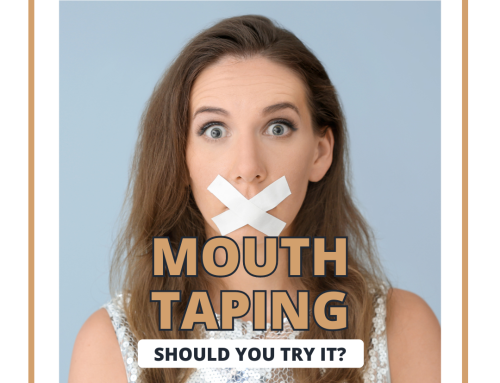If you feel you need some extra help with your breathing, especially if you’re recovering from COVID-19 and your breathing pattern has been affected, then we’re here to help.
Breathing pattern disorders are one of the most common conditions we treat here at Air Physiotherapy, whether as a symptom of COVID-19 recovery or for any other reason.
Here are our ABCs on how respiratory physiotherapy can help BOOST BREATHING and help you get back on track with the right breathing pattern for you!
![]()
O is for Optimal breathing!
Optimal breathing is the ideal breathing pattern for you when your body is at rest.
A couple of important points:
- you should be breathing through the NOSE, not the mouth, when you inhale and exhale
- the DIAPHRAGM, which is your main breathing muscle, should be working to help the lungs fill adequately
with each breath (if your diaphragm is doing a good job, your lower chest will move) - each breath should be gentle, controlled and the same size.
So how do you know if you’re breathing optimally?
That brings us to the next of our ABCs…
![]()
A is for Analyse!
If you’ve started to feel short of breath doing certain activities that you didn’t used to in the past, or you’re experiencing sensations of shortness of breath when you haven’t exerted yourself, it might be time to take a look at how you’re breathing.
You can analyse your breathing pattern easily from the comfort of your own home – here’s how:
- lie down with a pillow under your head
- place one hand on your upper chest and one on your lower ribs
- watch and feel which of your hands move most as you lay and breathe normally (this will help you to understand which part of your lungs you use the most)
- ask a family member at home to watch your breathing too – did they pick up anything you missed?
- record your findings and follow us for the rest of the week to learn how to optimise your breathing pattern.
![]()
H is for Hyperventilation!
If you’re not breathing optimally, you could be feeling panicked or anxious about your breathing, because it doesn’t feel “normal” to you. This can lead to episodes or periods of hyperventilation.
Hyperventilation occurs when you over-breathe – breathing more than is necessary to meet your body’s needs. It’s the body’s natural way of reacting to stress, which is normally a temporary measure, but should this over-breathing become more permanent, it can have a longer lasting effect on your body.
This is where respiratory physiotherapy can make a huge difference. We will teach you the techniques you need to get back on track. It will take some practice and a little time to change a habit but doing so is entirely achievable.
![]()
Finally, B is for Better breathing!
There are some steps you can take on your own to begin to practice better breathing.
We thoroughly recommend the breathing exercise ‘breathing control’. This exercise focuses on breathing in a relaxed way using the lower chest (diaphragm) to make sure you fill your lungs adequately.
- Lie down on your back, make yourself comfortable, and have your head supported.
- Place one hand on the top of your chest and one on your lower ribs or tummy. You may need to move your lower hand around as you practice to feel the right movement.
- As you breathe in slowly and gently through your nose (keep your mouth closed at all times), focus on your lower rib cage moving out to the side.
- Your upper chest should be still. If it moves, you might be taking too deep a breath!
- Try to perform this twice a day, for 10 minutes each time.
Here’s a video to show you just how to perform the breathing control exercise:

